The United Nations’ organisation for education, science, and culture, known as UNESCO, identifies places of exceptional global importance for culture or nature. These places are nominated by countries that have signed the UNESCO World Heritage Agreement, established in 1972. Cultural heritage includes landmarks (like buildings, sculptures, or inscriptions), groups of structures, and locations (including archaeological sites). Natural features (like mountains, landscapes, or animal and plant habitats), geological formations, and beautiful natural areas are considered World Heritage Sites. India joined the agreement on November 14th, 1977, making its historical and natural sites eligible for the list.
India boasts 42 places recognized for their global significance as World Heritage Sites. Among these, 34 are cultural landmarks, seven are natural wonders, and one, Khangchendzonga National Park, holds a combined value for both culture and nature. India ranks sixth in the world for the number of World Heritage Sites.
The first entries on the list were the Ajanta Caves, Ellora Caves, Agra Fort, and Taj Mahal, all inscribed in 1983. The most recent additions were Santiniketan and the Sacred Ensembles of the Hoysalas, recognized in 2023.
Two of these sites faced threats at different times. Manas Wildlife Sanctuary was listed as being in danger from 1992 to 2011 due to poaching and the actions of Bodo armed groups. The monuments at Hampi were similarly listed between 1999 and 2006 because of dangers from increased traffic and new buildings being built nearby.
One site, the Architectural Work of Le Corbusier, is shared with six other countries. India also has 57 additional locations on a preliminary list for future World Heritage Sites consideration.
1.Ajanta Caves :
Location : Aurangabad, Maharashtra
Year listed :1983
The Ajanta Caves are incredible works of Buddhist art. The caves have paintings and carvings on the rocks, and they’re considered some of the best examples of ancient Indian art ever found. What makes them special are the paintings that show feelings through body language and posture.
The Ajanta Caves have ancient Buddhist monasteries (Viharas) and worship halls (Chaityas) from different traditions carved into a massive75-metre (246-foot) rock wall. The caves showcase paintings depicting the Buddha’s past lives and rebirths, along with stories from Aryasura’s Jatakamala. Additionally, there are rock-cut sculptures of Buddhist deities. Historical texts suggest these caves served a dual purpose: a monsoon shelter for monks and a resting place for merchants and pilgrims travelling through ancient India.
While vibrant colours and murals were widespread in Indian history, Ajanta Caves 1, 2, 16, and 17 boast the largest collection of surviving ancient Indian wall paintings. These caves gained recognition through the writings of several mediaeval Chinese Buddhist travellers. However, they remained hidden by the jungle until 1819 when a British officer, Captain John Smith, stumbled upon them while hunting tigers.
Located in the rocky northern wall of a U-shaped gorge carved by the Waghur River on the Deccan Plateau, the caves are accompanied by waterfalls that can be heard from outside during high water levels. Recognized for their outstanding design and historical significance, the Ellora Caves were added to the UNESCO World Heritage Sites List in 1983.
2.Ellora Caves:
Location : Aurangabad, Maharashtra
Year listed : 1983
The Ellora Caves are a collection of 34 temples and monasteries painstakingly crafted from a 2 kilometre (1.2 mile) long basalt cliff between the 7th and 11th centuries. These caves serve as a testament to the religious tolerance of the era, as they were built by followers of Buddhism, Hinduism, and Jainism. The most impressive structure is the Kailasa Temple, adorned with intricate sculptures and paintings.
The Ellora Caves are a unique complex carved directly into rock by people of different religions. Inscriptions found there date back to the 6th century CE or later. Located in the Aurangabad District of Maharashtra, India, these caves are also sometimes called the Verul caves. Over 100 caves were dug out of the basalt cliffs in the Charanandri Hills, but only 34 are open to visitors today.
The caves can be divided into three groups: Hindu (caves 13-29), Buddhist (caves 1-12), and Jain (caves 30-34). Each group features sculptures and stories of the gods and myths important during the 1st millennium CE, along with monasteries for each religion’s followers. Built close together, the Ellora Caves showcase the peaceful coexistence of different religions in ancient India. Recognized for their outstanding design and historical significance, the Ellora Caves were added to the UNESCO World Heritage Sites List in 1983.
3.Agra Fort :
Location : Agra, Uttar Pradesh
Year Listed : 1983
The Agra Fort, also known as Agra’s Red Fort, is a historic fort located in the city of Agra, India. It was Built in the 1500s by the Mughal Empire. The complex is filled with impressive buildings, including palaces (like the Jahangiri Mahal ), meeting halls, and two mosques. The architecture of Agra Fort is considered a peak example of Indo-Islamic style, blending influences from Persia and the Timurid dynasty. Mughal emperor Humayun was crowned here. Later, Emperor Akbar significantly rebuilt the fort between 1565 and 1573, giving it its current form.
The fort served as the main residence for Mughal rulers until 1638, when the capital shifted to Delhi. The Agra Fort was also known as “Lal-Qila” or “Qila-i-Akbari.” The Marathas were the last Indian rulers to occupy the fort before the British takeover. Recognized for its importance during the Mughal Dynasty, Agra Fort was designated a UNESCO World Heritage Site in 1983. Located about 2.5 kilometres northwest of the Taj Mahal, the fort resembles a walled city more than a typical fort. Later renovations were undertaken by Shah Jahan.
While Agra’s history before the 11th century remains unclear, we know that Rajput rulers controlled the fort in the 15th century. Sikandar Lodi, who ruled from 1487 to 1517, made Agra his capital and added some structures to the existing fort. The Mughals captured the fort after the First Battle of Panipat in 1526 and used it as their base. Humayun was even crowned there in 1530. However, the fort received its present form during Akbar’s reign (1556-1605). The Jats of Bharatpur briefly ruled the fort for 13 years after the Mughals.
4.Taj Mahal :
Location : Uttar Pradesh
Year listed :1983
The Taj Mahal, a breathtaking white marble mausoleum, graces the right bank of the Yamuna River in Agra, India. This architectural marvel, a UNESCO World Heritage Site, was commissioned by Mughal emperor Shah Jahan in 1631 as a final resting place for his beloved wife Mumtaz Mahal. Designed by Ustad Ahmad Lahori, the Taj Mahal features intricate details of precious and semi-precious stones inlaid into its white marble facade. The tomb is surrounded by four tall minarets, and the complex includes a grand main gate, a mosque, a guesthouse, and beautiful surrounding gardens.
Construction of the mausoleum was mostly finished by 1643, but additional work on the surrounding complex continued for another decade. Officially opened in 1643, the Taj Mahal has since become a global symbol of love and beauty. Estimated to cost around ₹32 million when built (equivalent to ₹35 billion or US$498 million in 2023), the Taj Mahal’s construction involved a staggering 20,000 artisans under the guidance of a team of architects led by the emperor’s court architect, Ustad Ahmad Lahori.
The Taj Mahal’s design incorporates various symbolic elements reflecting nature’s beauty and spiritual themes. Declared a UNESCO World Heritage Site in 1983, it’s widely considered the crown jewel of Mughal architecture and a powerful testament to India’s rich heritage. This remarkable monument attracts around 5 million visitors each year and was even named one of the New 7 Wonders of the World in 2007.

Taj Mahal
5.Konark Sun Temple :
Location : Puri, Odisha
Year Listed : 1984
Konark Sun temple is a Hindu temple built in the 13th century. It is a fantastic example of a style of architecture called Kalinga. Designed to resemble the chariot of the sun god Surya, the temple features incredibly detailed carvings on its outer walls. These carvings include 24 stone wheels, richly decorated, and six horses pulling the chariot. Other decorations showcase lions, musicians, dancers, and scenes related to love. The Konark Sun Temple, built around 1250 by King Narasingha Deva I, is a 13th-century Hindu temple dedicated to the sun god Surya. Located on India’s eastern coast in Odisha, the temple is about 22 miles northeast of Puri city.
Originally towering over 200 feet, the temple now stands at around 100 feet. While much of it lies in ruins, particularly the large central tower, the remaining structures are famous for their intricate carvings and decorations. These carvings depict a variety of themes, including scenes of love and everyday life. The exact reason the Konark Sun Temple fell into ruin is debated. Theories range from natural disasters to deliberate destruction during invasions between the 15th and 17th centuries.
Early European sailors nicknamed it the “Black Pagoda” due to its dark appearance. Along with the nearby Jagannath Temple, known as the “White Pagoda,” these structures served as important landmarks for sailors navigating the Bay of Bengal. Partially restored by British archaeologists, the Konark Sun Temple was declared a UNESCO World Heritage Site in 1984. It remains a significant pilgrimage site for Hindus, especially during the annual Chandrabhaga Mela held around February. The temple’s importance is further reflected by its image on the back of the Indian 10 rupee note.
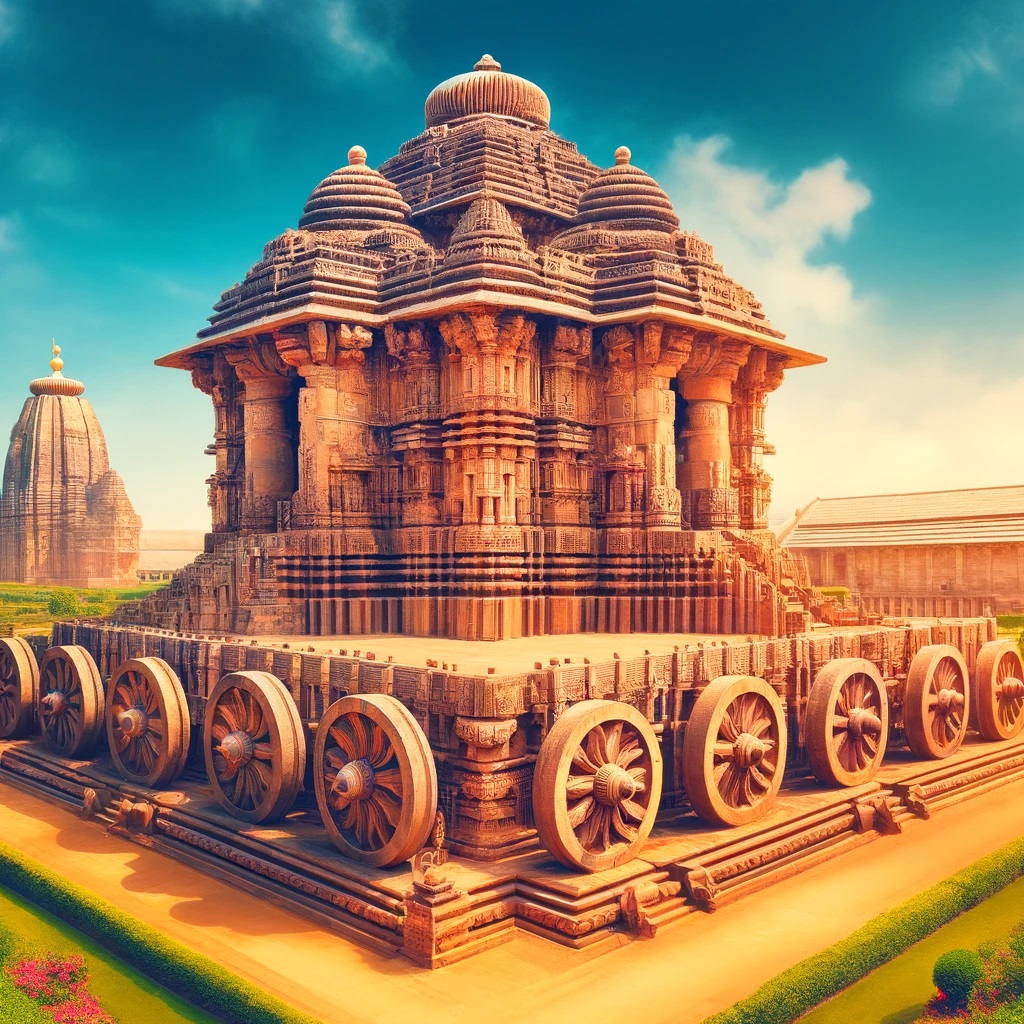
Sun Temple
6.Mahabalipuram Monuments :
Location : Mahabalipuram , TamilNadu
Year Listed : 1984
The Group of Monuments at Mahabalipuram consists of religious monuments from the 7th and 8th centuries located in Mahabalipuram, a coastal town in Tamil Nadu, India, and is recognized as a UNESCO World Heritage Site. Situated along the Coromandel Coast of the Bay of Bengal, it is about 60 kilometres south of Chennai.
This site features 40 ancient monuments and Hindu temples, including one of the world’s largest open-air rock reliefs, known as the Descent of the Ganges or Arjuna’s Penance. The site includes various types of monuments: Ratha temples, which are monolithic temples shaped like processional chariots, constructed between 630 and 668; mandapa viharas or cave temples that depict stories from the Mahabharata and contain inscriptions related to Shaivite, Shakti, and Vaishnava traditions in multiple Indian languages and scripts; as well as rock reliefs and stone temples built between 695 and 722. Archaeological findings at the site date back to the 6th century and earlier.
Constructed during the Pallava dynasty, these monuments were historically referred to as the Seven Pagodas in colonial times and are now commonly known as the Mahabalipuram temples. Since restoration efforts began in 1960, the site has been maintained by the Archaeological Survey of India.
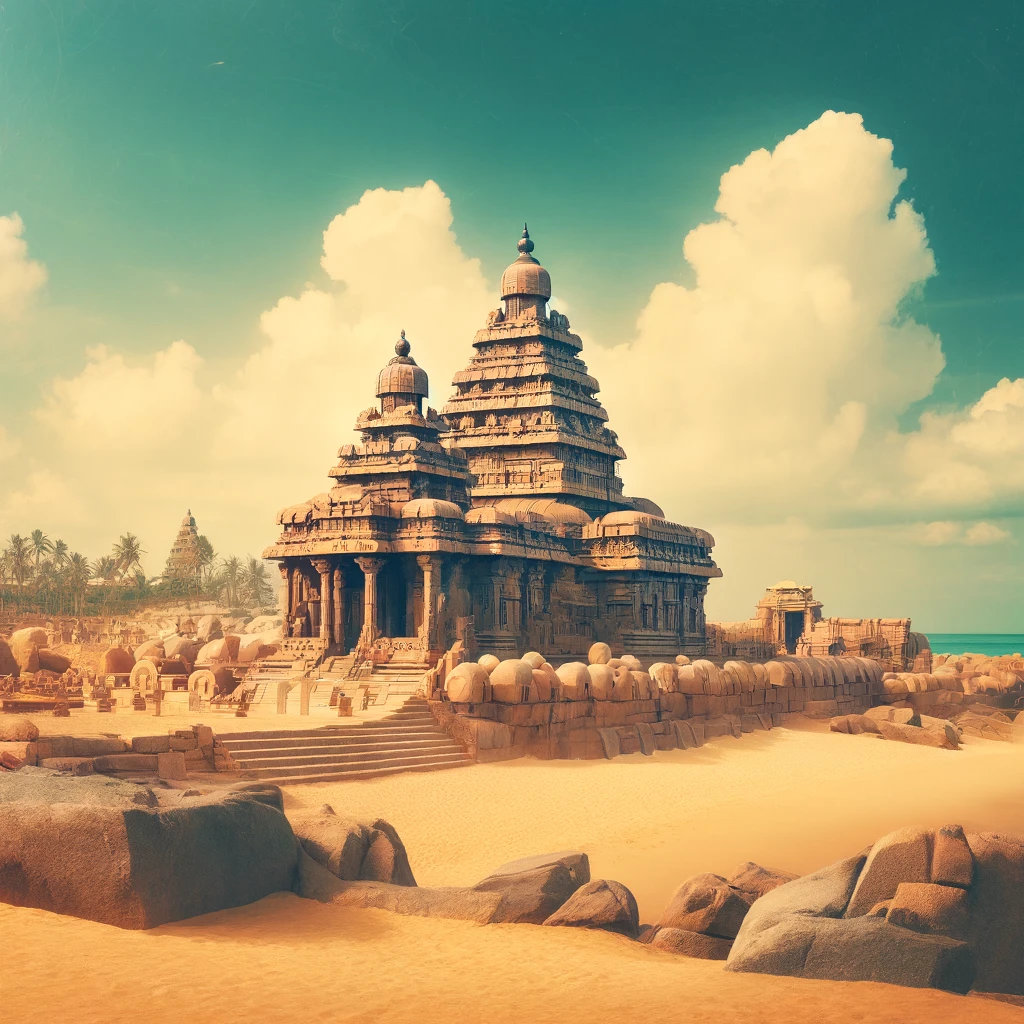
Mahabalipuram Temple
Conclusion:
India’s 42 World Heritage Sites offer a glimpse into the country’s rich history, artistic traditions, and diverse landscapes. From the breathtaking Taj Mahal to the ancient caves of Ajanta and Ellora, each site is a testament to human ingenuity and creativity. These places not only hold cultural significance but serve as reminders of the importance of preserving our heritage for future generations.
Here’s a glimpse into some other fascinating World Heritage Sites in India:
- Mountain Railways of India: This designation encompasses three unique railway lines – the Darjeeling Himalayan Railway, the Nilgiri Mountain Railway, and the Kalka-Shimla Railway. These railways meander through stunning mountain ranges, offering a scenic journey through time.
- Kaziranga National Park: A UNESCO natural heritage site, Kaziranga National Park is home to the world’s largest population of one-horned rhinoceros. The park also boasts a rich diversity of other wildlife, making it a haven for nature lovers.
- Hampi: Once the thriving capital of the Vijayanagara Empire, Hampi is an archaeological site dotted with temples, palaces, and other structures that stand as a testament to the empire’s grandeur.
- The Hill Forts of Rajasthan: This group encompasses six majestic forts – Chittorgarh Fort, Kumbhalgarh Fort, Ranthambore Fort, Gagron Fort, Amber Fort, and Jaisalmer Fort. These forts, strategically perched on hilltops, showcase Rajputana military architecture and offer a glimpse into the region’s history.
This list just scratches the surface of India’s incredible World Heritage Sites. With its diverse cultural and natural treasures, India offers an unforgettable journey for any explorer.

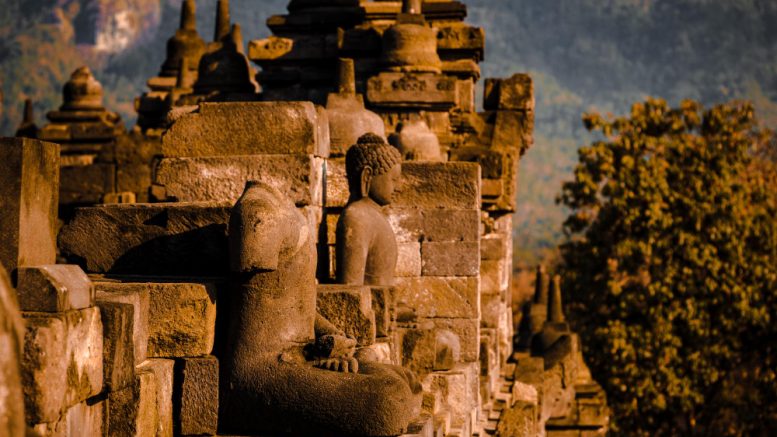
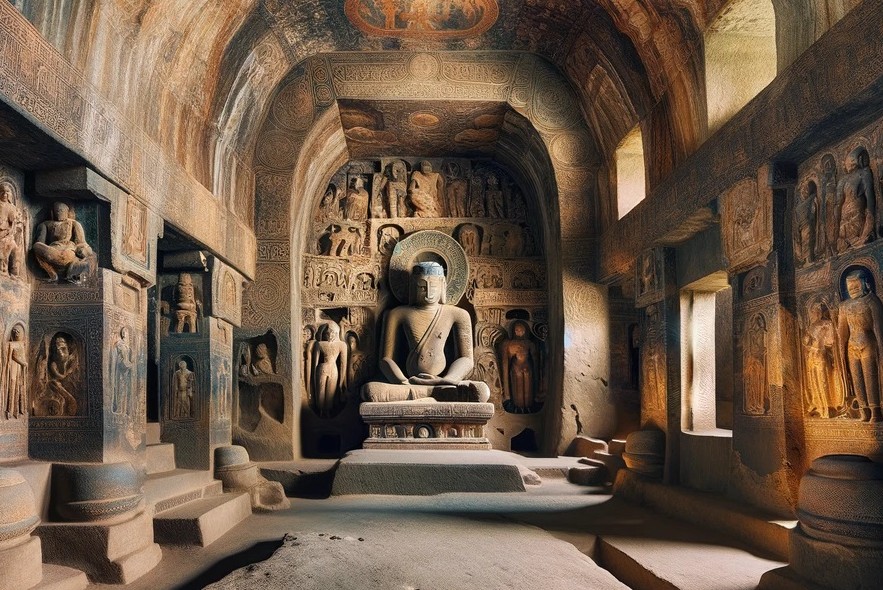
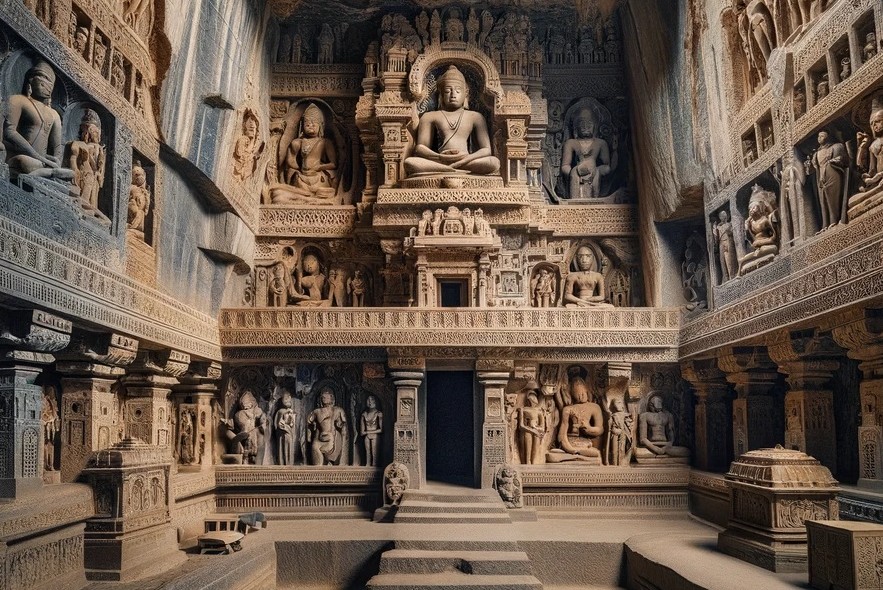
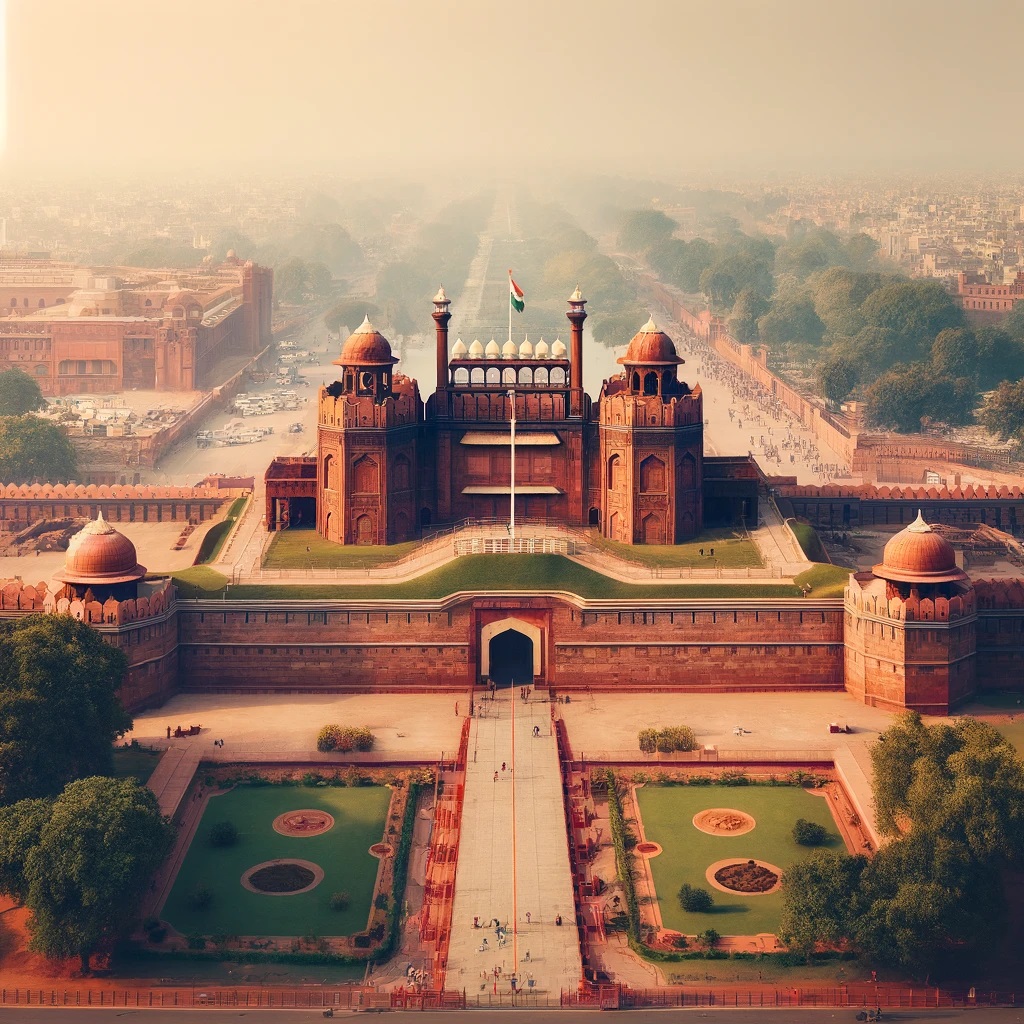
Be the first to comment on "India ranks 6th in world heritage sites list-Read on to discover what’s on this list."